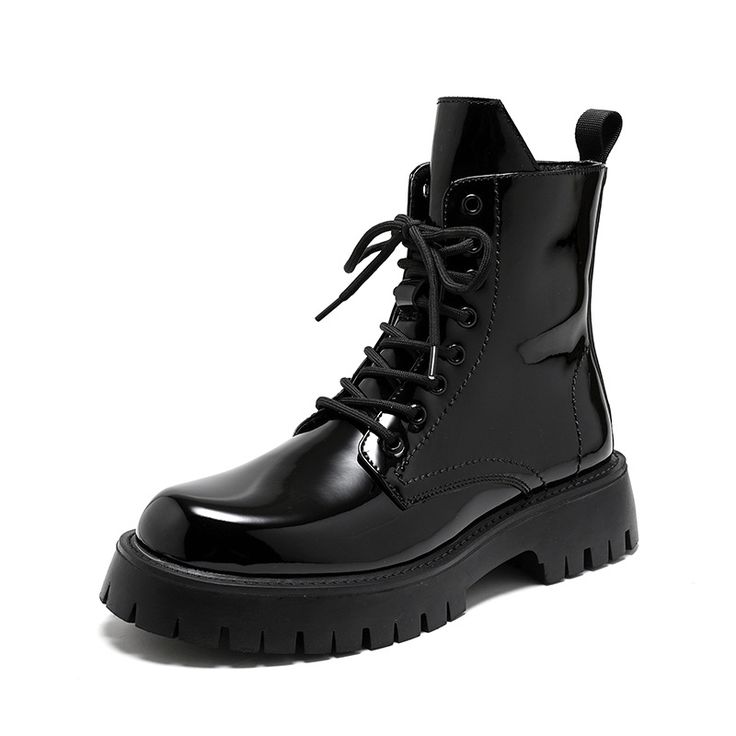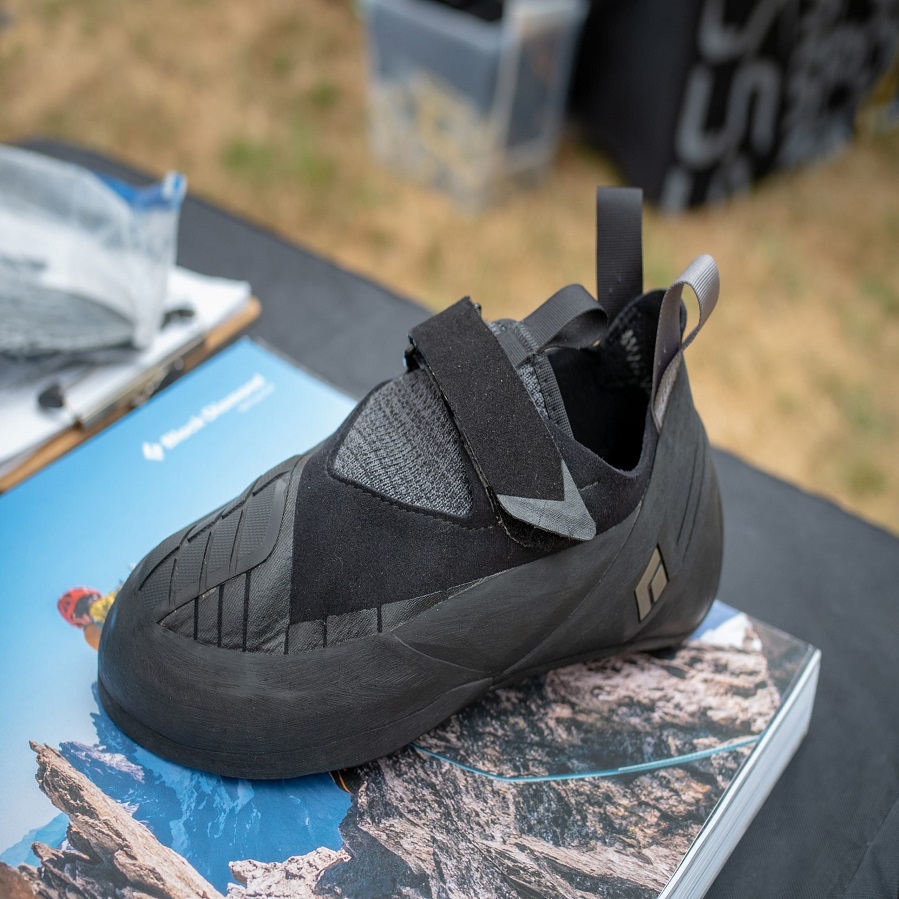When investing in a good pair of shoes, the last thing you want to see is noticeable creases that mar their appearance. Creasing is a common issue for many shoe owners, often caused by regular wear, lack of proper care, or poor storage conditions. Fortunately, there are several effective strategies to maintain the integrity of your footwear. In this ultimate guide, we will explore various tips and techniques on how to prevent creases in shoes, ensuring they remain in pristine condition for as long as possible.

What Causes Shoes to Crease
Understanding why shoes crease is key to preventing it. Let’s explore the common causes.
Material and Construction Influence
Shoes are subject to creasing due to their material and construction. Different materials react differently under stress. Leather, for example, tends to crease more easily than synthetic materials because it is a natural fabric that bends and folds. Furthermore, the way shoes are constructed can affect how prone they are to creasing. Shoes with multiple stitching lines or panels may crease more because these areas weaken the structure and flexibility.
Materials like rubber and reinforced textiles are often incorporated into the design of shoes to resist creasing. Brands like Nike use these materials effectively to maintain the shoe’s shape even under pressure. It’s important, therefore, to understand the materials and construction style when purchasing shoes.
Effects of Foot Movement and Shoe Fitting
As you walk, your shoes bend to accommodate the flex and movement of your feet. This bending is one of the primary reasons for creasing. If your shoes are not the right size or width for your feet, they can crease even more. Shoes that are too big allow the foot to move too much, causing the material to fold excessively and crease.
Proper fitting is crucial. Shoes should snugly wrap around the foot without leaving excessive space at the toe box or the sides. An appropriate fit reduces the chance of material buckling, thus minimizing creases. It is also recommended that you ensure minimal movement of your foot inside the shoe to avoid shifts that can lead to more creases.
Preventative Measures to Reduce Creasing
To help your shoes look their best, embrace these preventative steps to combat creases.
Choosing the Right Fit
A snug shoe fit is crucial for crease prevention. Shoes that fit well adapt to your foot shape without excessive material that can fold. Measure your feet often and consult sizing charts to avoid a mismatch. Ensure there’s minimal gap between the back of the shoe and your heel. A good sign is a comfortable yet secure feel when you wear the shoes.
Proper Walking Techniques
How you walk impacts your shoes. For less creasing, focus on walking heel-to-toe. This method spreads foot pressure evenly, reducing stress on the shoe. Avoid dragging your feet or curling your toes; these actions bend shoes more, leading to potential creases. Keep steps light and stride confidently; let your shoe’s materials do their work to maintain shape.

Alternating Footwear Usage
Having multiple pairs of shoes and rotating them regularly can vastly reduce creasing.
Benefits of Using Multiple Pairs
Rotating your footwear has several advantages, especially when aiming to minimize creases.
- Even Wear and Tear: Using different pairs alternately avoids excessive stress on a single pair. This helps preserve the shoes’ shape and reduce creases.
- Extended Shoe Life: By spacing out the usage, each pair undergoes less wear and tends to last longer.
- Better Hygiene: Alternating shoes allows them to air out and dry, reducing moisture buildup which can deform materials and cause creases.
- Maintain Shoe Aesthetic: Shoes kept in rotation look newer for a longer period and show fewer signs of creasing or damage.
Following these steps ensures each pair maintains its form and function over time, ultimately leading to comfortable, appealing footwear.
Utilization of a Shoehorn
Using a shoehorn can significantly reduce the stress on your shoes, especially when putting them on. Applying too much force without a shoehorn can crush the heel counter or bend the shoe excessively, which causes creasing. A shoehorn assists in maintaining the shoe’s shape and structure.
Advantages for Easier Foot Insertion
- Prevents Heel Damage: A shoehorn protects the heel area from breaking down and losing shape.
- Maintains Shoe Integrity: It helps keep the shoe’s original silhouette, preventing unsightly wrinkles.
- Reduces Foot Strain: You won’t need to force your foot inside, reducing the effort and the potential for foot injury.
- Preserves Shoe Lifespan: By preventing creasing and damage, it extends your shoe’s functional life.
- Quick and Convenient: It simplifies putting on snug-fitting shoes and saves time in your routine.
Incorporating a shoehorn into your daily routine is a simple yet effective method to keep your shoes looking better for longer. This small tool could make a big difference in how to prevent creases in shoes.

Correct Method of Lacing Shoes
It’s not just about picking the right shoes; how you lace them matters too. The lacing pattern can affect both comfort and crease control. Let’s dive into some lacing tips that can help keep your shoes crease-free.
Importance of Snug Fit to Minimize Space
A snug fit is essential in footwear to minimize unnecessary movement and space, effectively reducing creases and enhancing the overall comfort and support of the shoe. Here are some simple yet effective steps to achieve a snug fit:
- Start from the Bottom: Begin lacing your shoes starting at the toe box. This ensures that tension is applied evenly from the ground up.
- Use a Crisscrossing Pattern: Lace your shoes in a crisscross fashion. This method promotes an even distribution of pressure across the foot, preventing discomfort and enhancing stability.
- Don’t Skip Eyelets: Make sure to use every available eyelet when lacing. This provides complete support along the foot while helping to maintain the shoe’s structure.
- Tighten Gradually: Pull each section of lace tight, ensuring a secure fit without any gaps. This not only improves comfort but also prevents premature wear.
- Lock in the Heel: Finally, lace tightly around the ankle area. This minimizes heel movement and enhances overall fit, making your footwear more responsive during various activities.
Adopting this method not only keeps your shoes snug but also aligns with how to prevent creases in shoes. By controlling the shoe’s fit with proper lacing, you help maintain its shape, thus preventing unsightly creases. Remember, a shoe that fits well not only looks better but also provides better support as you walk with confidence.
Long-Term Care for Shoes
To keep shoes looking new and avoid creases, long-term care is essential.
Regular Maintenance to Prevent Wear and Tear
Regular maintenance is crucial for keeping shoes in top shape. Clean your shoes often to remove dirt and grime. This helps prevent material decay which can lead to creasing. Use a soft brush and specially formulated cleaners for your shoe type. For leather shoes, use leather conditioner to keep the material supple.
Make sure your shoes dry properly after they get wet. Wet conditions can soften materials and cause them to warp or crease as they dry. Stuff shoes with newspaper or a shoe tree to help them keep their shape while drying.
Store shoes in a cool, dry place away from direct sunlight. Sun exposure can dry out materials, causing them to crack and crease. Use shoe organizers or boxes to prevent shoes from getting crushed.
Finally, repair any damage quickly. Small issues like loose stitching or worn soles can worsen over time and contribute to creasing. Visit a professional cobbler for repairs to extend your shoe’s lifespan.
By following these steps, you learn how to prevent creases in shoes and keep them looking their best for years to come.

